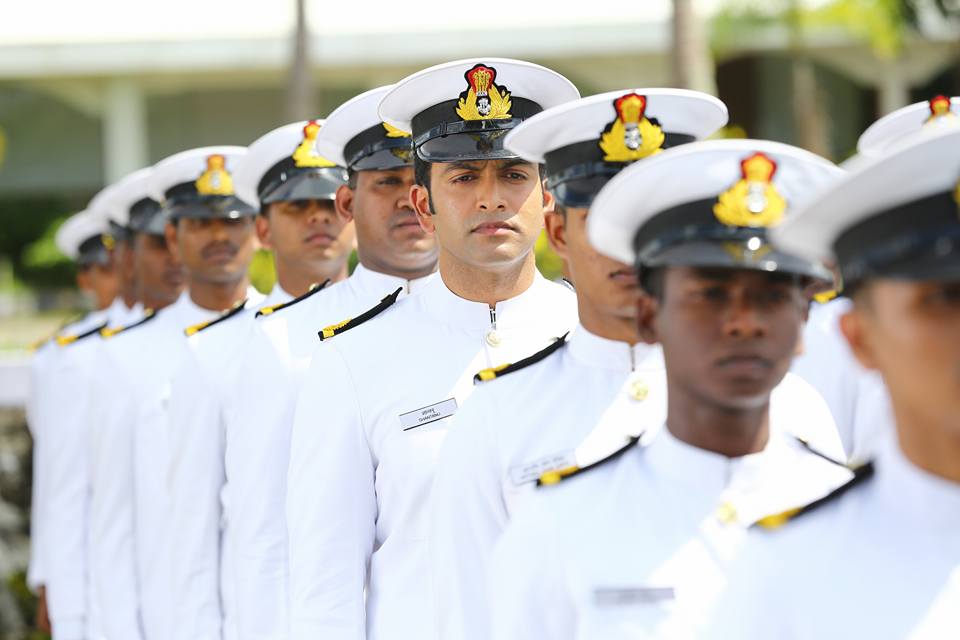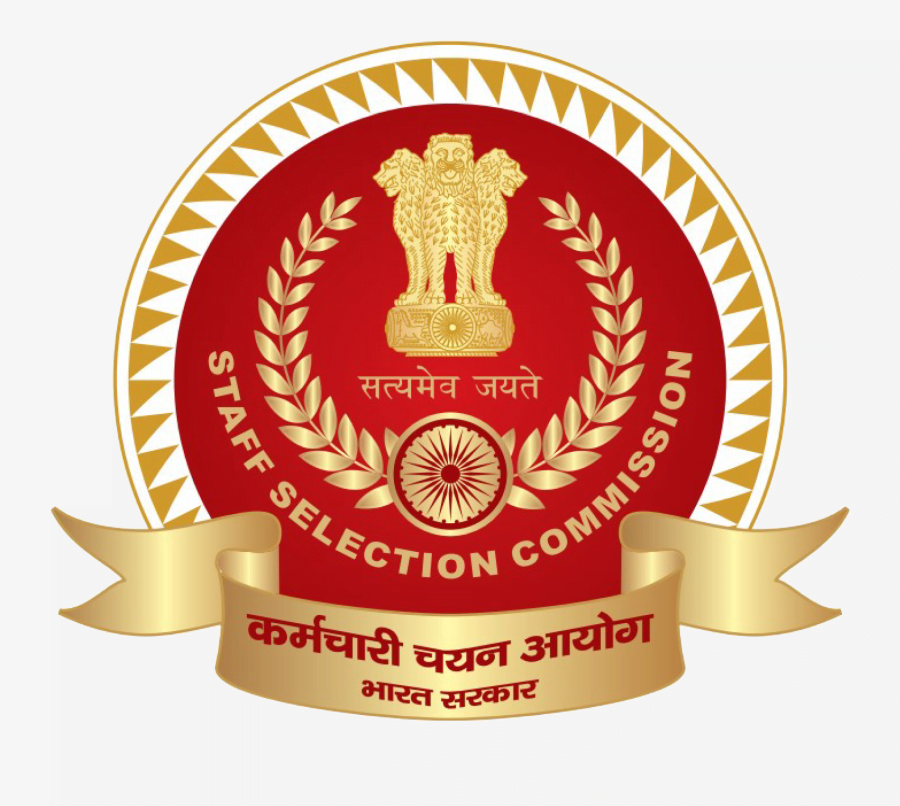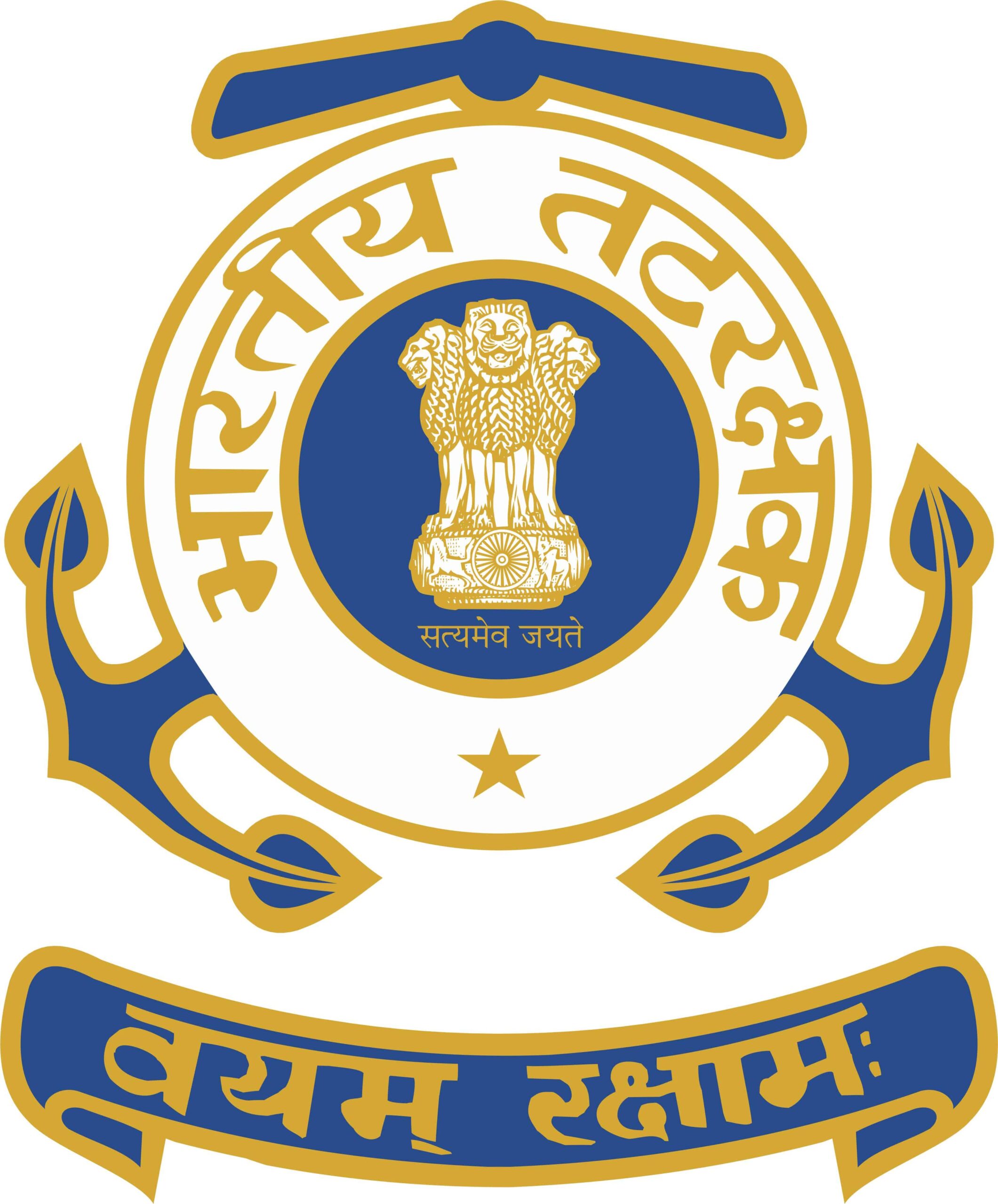Indian Navy Recruitment 2024
The Indian Navy is the maritime branch of the Indian Armed Forces. It’s responsible for safeguarding the nation’s maritime borders and ensuring maritime security, including defending against threats, conducting maritime operations, and projecting naval power. Here are some key points about the Indian Navy:
- History: The Indian Navy traces its origins back to the establishment of the Royal Indian Navy in 1612 by the British East India Company. After India gained independence in 1947, the Royal Indian Navy became the Indian Navy.
- Roles and Missions: The Indian Navy has several primary roles, including safeguarding maritime interests, securing sea lanes of communication, projecting power, conducting humanitarian assistance and disaster relief operations, and fostering international cooperation through naval diplomacy.
- Fleet: The Indian Navy maintains a diverse fleet that includes aircraft carriers, destroyers, frigates, corvettes, submarines, amphibious ships, patrol vessels, and support vessels. It operates both indigenous-built vessels as well as those acquired from other countries.
- Aircraft Carriers: The Indian Navy operates aircraft carriers, which are crucial for power projection and force multiplier capabilities. As of my last update, INS Vikramaditya, a modified Kiev-class aircraft carrier acquired from Russia, and INS Vikrant, India’s first indigenous aircraft carrier, were in service.
- Submarine Fleet: The submarine fleet of the Indian Navy consists of both nuclear-powered and conventionally powered submarines. It operates submarines for various roles, including strategic deterrence, intelligence gathering, and anti-submarine warfare.
- Naval Bases: The Indian Navy operates several naval bases and dockyards across the country, including Mumbai, Visakhapatnam, Kochi, Karwar, and Port Blair, among others. These bases support operational deployments, maintenance, and logistics.
- International Cooperation: The Indian Navy actively participates in bilateral and multilateral naval exercises, fostering cooperation with other navies globally. It engages in joint exercises, training programs, and goodwill visits to strengthen maritime security and build partnerships.
- Modernization and Indigenous Development: The Indian Navy continues to modernize its fleet and infrastructure while also emphasizing indigenous development and production of naval assets. Projects like the construction of new warships, submarines, and naval aircraft are underway to enhance operational capabilities.
Indian Navy is inviting applications for Short Service Commission Officer posts. Eligible candidates can apply through the official website of the Indian Navy at joinindiannavy.gov.in. This recruitment drive will fill up 254 posts in the Organisation. The last date to apply is March 10, 2024.
Vacancy Details
Executive Branch: 136 posts
Education Branch: 18 posts
Technical Branch: 100 posts
Basic Pay:
The basic pay of Salary starts from Rs. 56100 only along with other allowances as applicable.
Eligibility Criteria
Candidates who want to apply for the posts should have B.E/B.Tech degree in any discipline or the required discipline with a minimum 60% marks.
Selection Process: A shortlist of candidates will be created as part of the selection process based on the candidates’ normalised marks from their qualifying degrees. Candidates who have been shortlisted will receive an email or SMS indicating they have been selected for an SSB interview. A merit list will be created based on the SSB scores of each entry, taking into account the number of openings and the individual’s medical clearance. Candidates who pass the medical exam and are deemed fit for employment will be assigned based on the number of openings in the entrance.
Apply now
Indian Navy SSC Officers Recruitment 2024 notification








